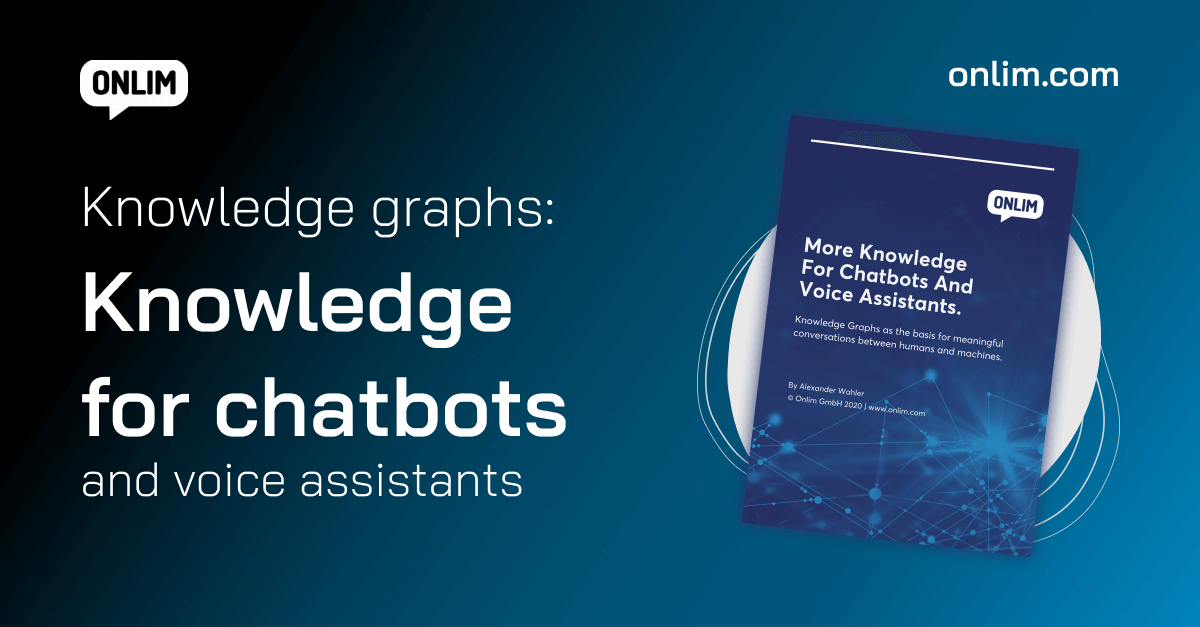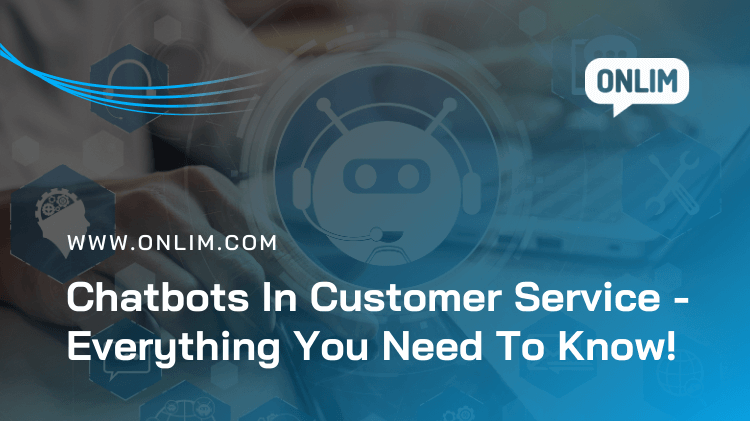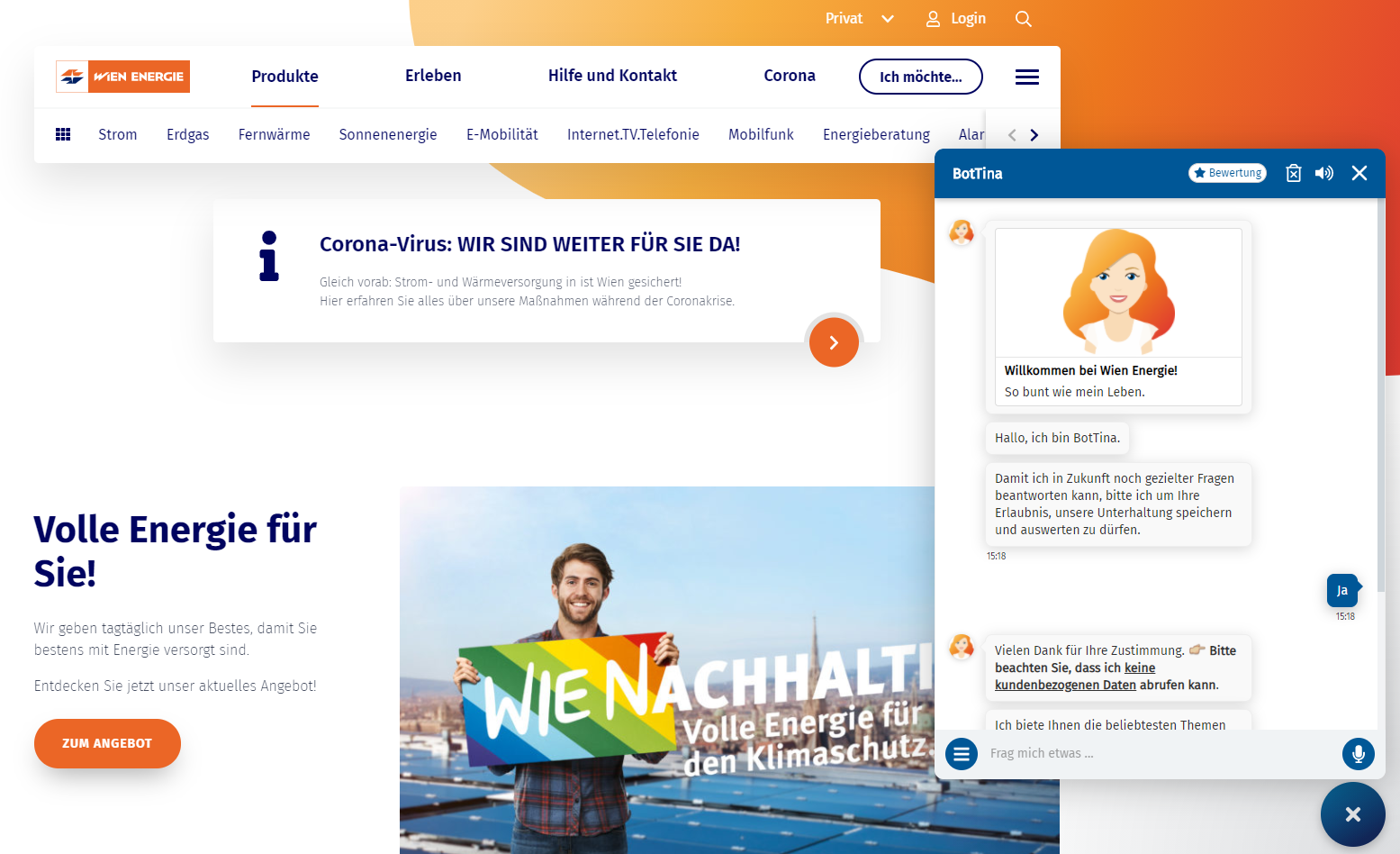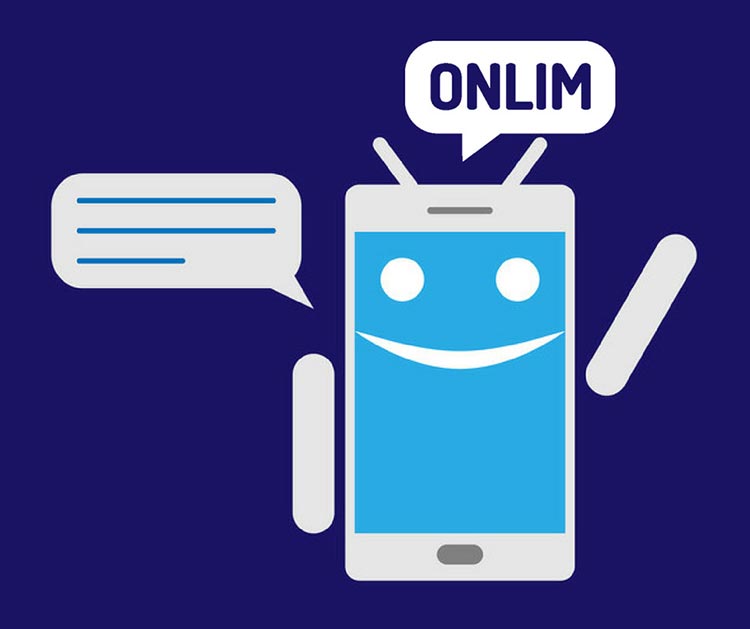Chatbots In Customer Service — Everything You Need To Know!
The COVID-19 pandemic has changed customer service significantly. Many stores are closed or only open under strict conditions. Life is taking place more and more in your own home. The same is true for the shopping behaviour of your customers.
Just think about your own behaviour during the last months: What was your first point of contact with a company for questions about a product or a service? It was probably their website with a live chat or a chatbot function. Good customer service on the Internet is more important than ever. And chatbots can make a huge contribution to optimizing it and ensuring a high level of service for your customers.
In this article, we show you how you can benefit from a chatbot in customer service — during and after COVID times. Furthermore, we give you tips on how to implement your own chatbot.
What’s the real potential of customer service chatbots?
The number of chatbots has been growing steadily even before the corona crisis. A trend that is not expected to change in the coming months. For example, around 53 percent of the customer service employees surveyed in the State of Service Report from Sales Force state that they intend to use a chatbot in customer service over the next 18 months. Companies that already use a chatbot indicate that they can see numerous advantages for themselves and their customers. For example, 84 percent say that task prioritization has improved, and 82 percent have been able to increase the number of resolved requests on the first contact.
Also interesting: The 10 Most Important Benefits Of Chatbots For Companies And Users
From the company’s point of view, a very positive assessment of chatbots can be seen. But what does it look like from the customer’s perspective?
There is also positive feedback on the topic of chatbots from the customers’ point of view. In its “State of the Connected Customers” report, Salesforce surveyed over 8,000 consumers worldwide. The result: More and more consumers see it as the task of companies to adapt to the preferences and communication habits of their customers. 75 percent state that chatbots or voice assistants play a decisive role in this.
The effects of chatbots on customer satisfaction can already be measured today. A study by LivePerson and Forrester Consulting concludes that chatbots increase customer satisfaction. Around 50 percent of the companies surveyed named increased customer satisfaction as the greatest benefit of chatbots.
How to benefit from chatbots in customer service
The above-mentioned studies make one thing clear: Chatbots have numerous advantages for companies. In order to benefit from these advantages, a customer service chatbot can be used in the following three areas:
1. Chatbot for answering inquiries
Support for customer inquiries is the most obvious application for a chatbot in customer service. Especially with repetitive inquiries, the chatbot can deliver great results and reduce the workload of customer service. The result: Your customer service team receives fewer customer inquiries, has to perform fewer monotonous tasks, and can thus concentrate on handling the more complex inquiries.
In addition, a chatbot is available around the clock. It gives your customers immediate feedback without having to wait long for a reply.
2. Chatbots for customer acquisition
Another application is the acquisition of new customers. In this area, there are also a variety of recurring tasks that a chatbot can take over. Especially the first contact with potential customers is often a standardized process. As soon as the first contact is established, the chatbot can pass the conversation on to a human coworker in the customer service or marketing/sales department.
3. Chatbot for internal communication
One area that is often overlooked is the support in internal communication. A chatbot can help within the customer service team with simple organizational tasks, such as coordinating meetings or finding information in internal documents.
In summary, it can be said that chatbots offer the following advantages in customer service across different areas:
- Chatbots can answer customer requests immediately.
- They are available around the clock for customer inquiries.
- Chatbots give customers additional options to contact your company.
- Chatbots can take care of monotonous tasks.
- This allows your team to better prioritize tasks and focus on more complex tasks.
- Additionally, a chatbot can simplify the internal organization and access and search for information.
What makes successful chatbots in customer service?
Not all chatbots are the same. In order for your chatbot to perform the above-mentioned tasks in a satisfying way, there are a number of points you should keep in mind. First, it is important to understand that there are two different types of chatbots: rule-based chatbots and AI-based chatbots.
With rule-based chatbots, all possible questions and answers are defined in advance. It is decided on the basis of keywords, which answer is shown to the user. For example, if the user’s question contains the word “opening hours”, the bot will display a list with the opening hours on the different days of the week. If a question is not defined, the chatbot cannot answer it. Therefore, this chatbot type quickly reaches its limits.
AI-based chatbots, on the other hand, are better suited for complex applications. However, you need good preparation to implement them in your company. To do so, we have summarized the most important things for you to consider before implementing a chatbot.
1. Build an internal knowledge base
In order for your customer service chatbot to answer customer queries as independently and comprehensively as possible, you need a knowledge base, or even better, a knowledge graph.
After all, there is a big difference between having data only as facts in the form of texts, images or PDFs and having it in the form of knowledge. Data that has already been processed into knowledge put the information into context and gives it a meaning. This enables you to provide concrete answers and solve your customers’ problems.
The consolidation of data and its preparation in the form of a knowledge graph serves as the basis for the chatbot to understand and answer questions in natural language. It really forms the basis for a chatbot to function and provide real value for the user.
If you want to know how to prepare your data and how Onlim can support you in this process check out our article “From Knowledge Databases To Knowledge Graphs And Conversational AI”.
More Knowledge For Chatbots And Voice Assistants

2. Develop a chatbot strategy
Before you start the actual development of your chatbot, you first have to analyze your current setup.
It is important that you consider beforehand what the purpose of your chatbot should be. For example, should your chatbot give product recommendations or do you rather need a bot that provides users information about your hotel and surrounding tourist attractions? Make a list of possible use cases that answers the following questions:
- Where can the chatbot add real value for users and employees?
- For which situations should your chatbot be used?
- Which target group is the chatbot aimed at?
- On which channels (social media, website, smart speaker) should the chatbot be used?
3. Define the content that your chatbot should cover
After you have identified the most important use cases, you need to determine what content the chatbot should cover. Important: Make sure you go into detail and make a list of all relevant topics. Customer service data can be a helpful source to start with. If you look at which questions are asked frequently, you can discover relevant topics for your chatbot.
Search queries that your potential customers use to find your website can also be a helpful source. In Google Search Console, you can see how many clicks you get for the various search terms.
4. Involve different teams
When it comes to implementing a chatbot, you should involve as many teams in your company as needed — not just your IT department.
Especially your customer service and sales team are important. Both teams are in contact with customers on a daily basis and know exactly what their problems are. It is best to arrange meetings with the teams and listen carefully to what the individual team members can tell you from their experiences.
Testing in your own company is just as important as gathering experience. At Onlim, we recommend to our customers to test the chatbot within the company first. This allows you to gain valuable insights about the user experience and areas for improvement of your chatbot.
At the same time, it allows you to slowly prepare your employees for the upcoming changes and a general focus on Conversational AI. If you introduce the chatbot as a new tool step by step and involve your employees, you can develop it together instead of implementing it from above.
Also interesting: Conversational AI (Part 1) – What Is It & Where Are We At Today?
5. Utilize early customer feedback
Don’t shy away from going live with your chatbot after you have finished a beta version. This is the only way you can collect real customer feedback and tailor your chatbot to the needs of the users.
With these tips, our customer Wien Energie has also successfully launched its chatbot. They launched BotTina on its own Facebook page, where initial feedback was collected from employees and customers. The feedback was implemented and in turn, helped to equip the chatbot even better for use in customer service.
Moreover, the chatbot was not hidden on unimportant subpages but launched directly on the homepage and all relevant pages. This enabled the company to collect even more valuable feedback as quickly as possible and further improve the chatbot. Today, BotTina answers more than 50,000 inquiries per year.
We hope we could give you a good overview with this article to help you decide whether you want to implement a customer service chatbot. If you need help with the implementation of your chatbot or have any further questions, please do not hesitate to contact us.
What are Large Language Models (LLMs)?
March 18th, 2024|
What are chatbots and how do they work?
November 23rd, 2023|
The AI Act and its impact on the use of chatbots
October 27th, 2023|




